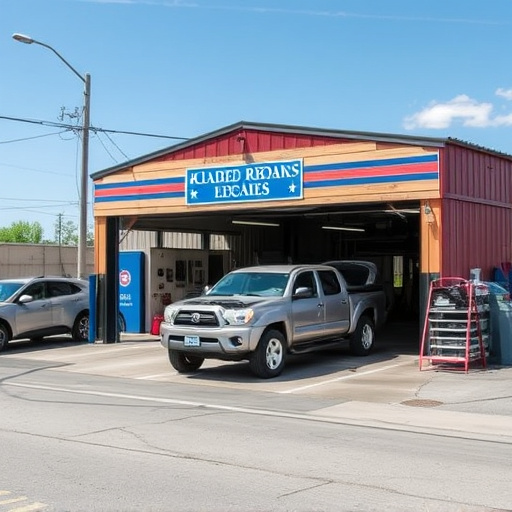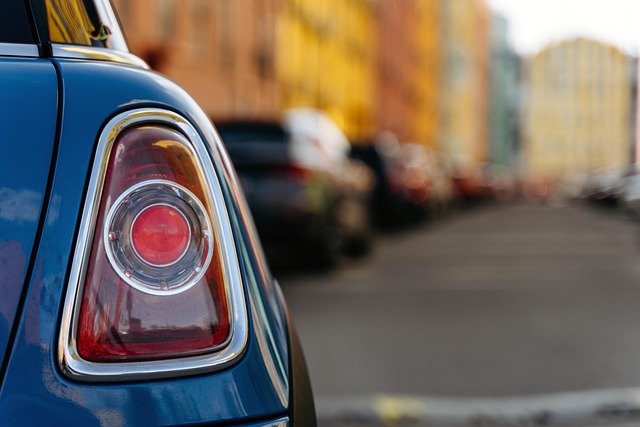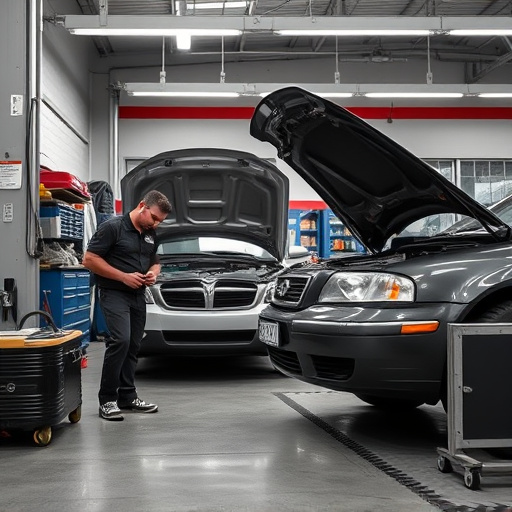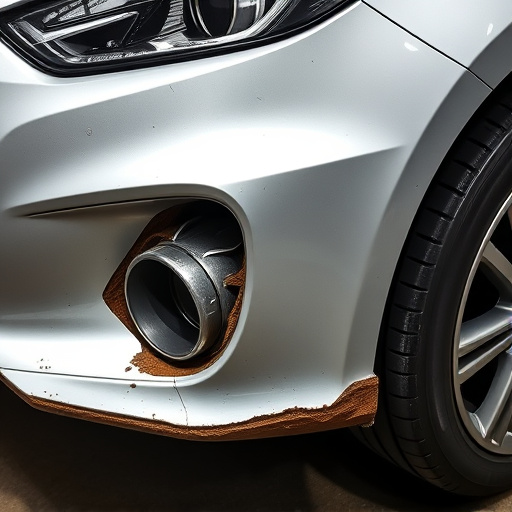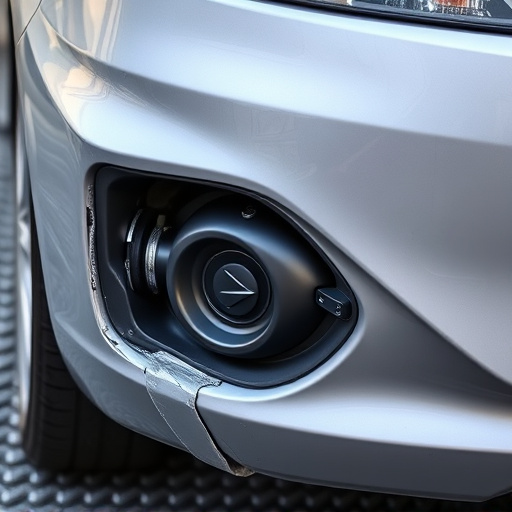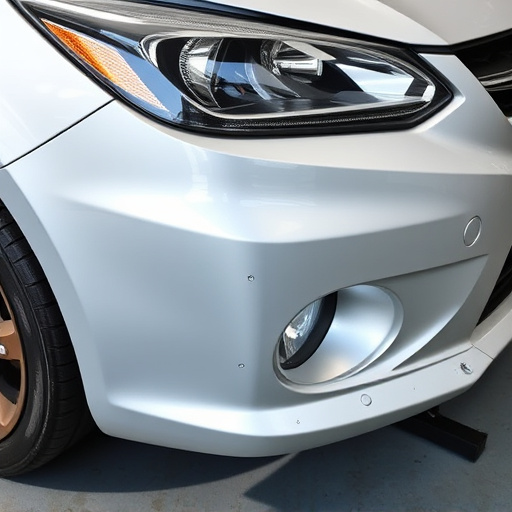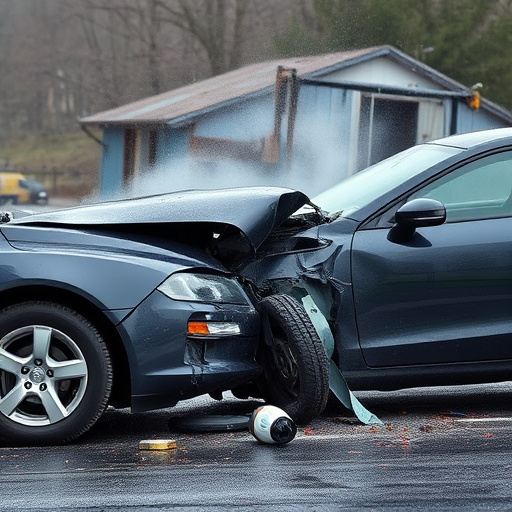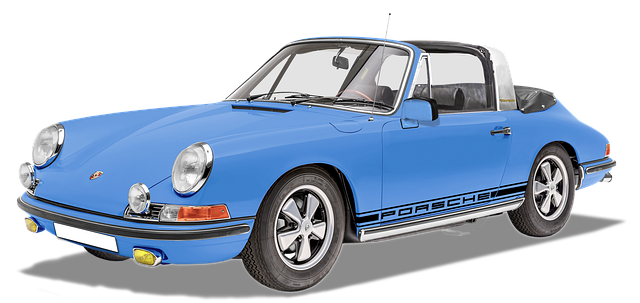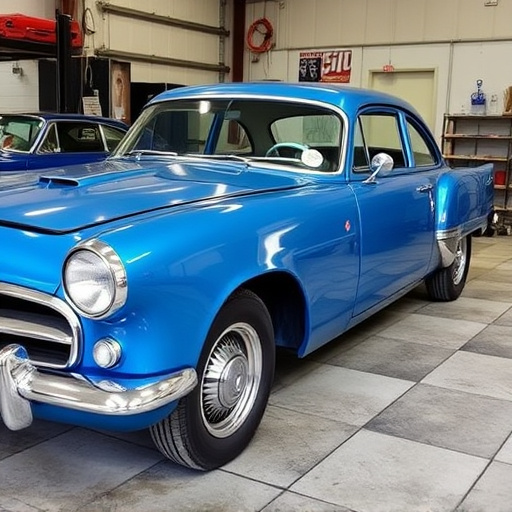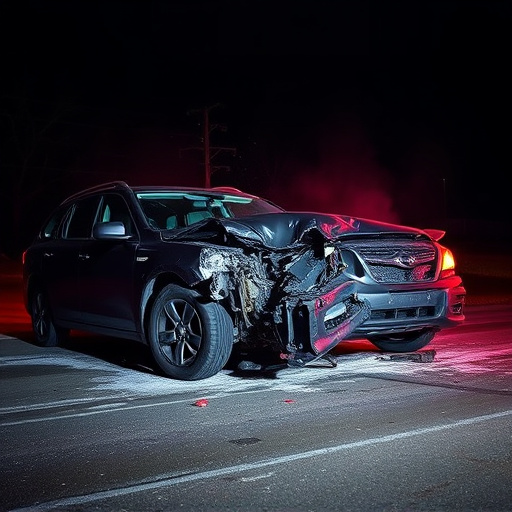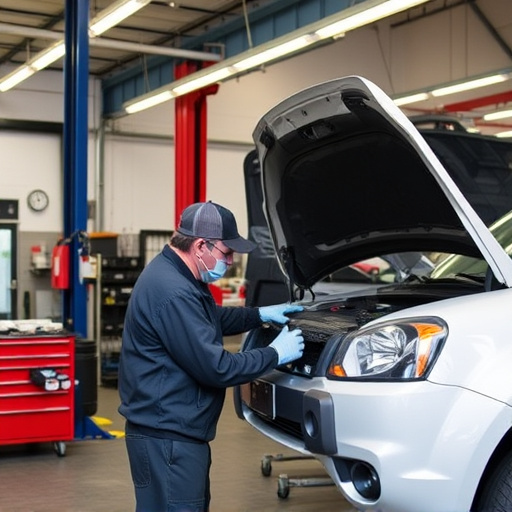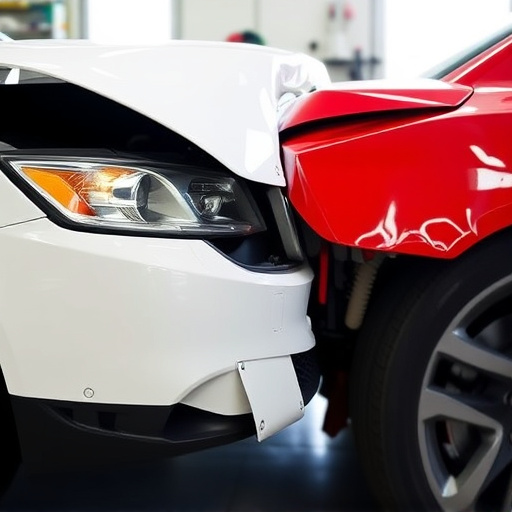Choosing the right specialty paint for DIY projects is key to achieving durable, high-quality finishes. Different surfaces like furniture, cars, or walls need specific paint types tailored to their unique requirements. Using unsuitable paint can lead to poor coverage, low adhesion, and eventual damage. Auto body services require understanding of diverse paint properties to avoid issues like poor adhesion, visible brush strokes, and an uneven finish. Thorough research and selecting appropriate paint for the project's needs are essential for professional-looking outcomes in specialty paint applications.
“Unleash your creativity with DIY specialty paint applications, but be warned—common mistakes can leave your project looking less than perfect. From selecting the wrong paint for your unique surface to skipping crucial preparation steps, these blunders can hinder your results.
This guide explores critical areas to avoid, focusing on choosing the right paint, properly preparing surfaces, and implementing essential safety measures. Discover how these simple precautions will transform your DIY specialty paint experience.”
- Choosing the Wrong Paint for Your Project
- – Misunderstanding paint types and their applications
- – Importance of considering surface compatibility and paint performance
Choosing the Wrong Paint for Your Project

When it comes to DIY specialty paint applications, one common pitfall is selecting the unsuitable paint for your project. Every surface—whether it’s an old piece of furniture, a room accent wall, or even vehicle bodywork—requires a specific type of paint tailored to its needs. Using the wrong paint can lead to poor coverage, inferior adhesion, and eventual chipping or peeling.
For instance, if you’re tackling a car scratch repair or collision repair services, opting for regular latex paint may not be the best choice. These projects often demand durable, high-quality finishes that resist weathering and fading. Specialty paints designed for automotive applications offer enhanced resistance to UV rays, extreme temperatures, and constant movement—essential considerations in maintaining your vehicle’s bodywork over time.
– Misunderstanding paint types and their applications

Many DIY enthusiasts embark on specialty paint applications with high hopes, only to encounter challenges stemming from a fundamental misunderstanding of paint types and their unique properties. Different paints are designed for specific purposes—from interior decor to exterior protection—and each has its own application techniques. For instance, understanding the difference between latex and oil-based paints is crucial, as they dry at varying rates and require distinct preparation and finishing methods.
In the realm of auto body services and car damage repair, this misconception can lead to subpar results. Car owners might attempt a DIY job using the wrong paint for their vehicle’s specific needs, whether it’s repairing minor dents or restoring an entire panel. This could result in poor adhesion, visible brush strokes, or an uneven finish. Therefore, taking time to research and select the appropriate paint type is essential for achieving professional-looking outcomes in any specialty paint application project.
– Importance of considering surface compatibility and paint performance

When undertaking any DIY specialty paint application, whether it’s for a bumper repair or vehicle paint restoration, understanding surface compatibility is paramount. Different surfaces require specific treatment before painting to ensure optimal adhesion and long-lasting results. Neglecting this crucial step can lead to issues like bubbles, peeling, or an uneven finish. The compatibility of the substrate with the chosen paint is key; not all paints are created equal, and certain formulations may not adhere well to specific materials without proper preparation.
Moreover, considering paint performance in advance is essential for successful DIY projects. Different specialty paints have distinct properties, such as durability, shine levels, and resistance to fading or chipping. For instance, a high-performance automotive paint might be ideal for a vehicle body but may not be suitable for fine art applications that require subtle effects. Matching the paint’s performance characteristics with your project goals ensures a satisfying outcome, whether it’s restoring a classic car or adding a pop of color to a decorative piece.
When undertaking DIY specialty paint applications, understanding the nuances of paint types and their suitable uses is key. Avoiding common mistakes, such as selecting the wrong paint for your project based on surface compatibility or performance expectations, will ensure a lasting, professional finish. Always research and choose paints designed for specific applications to achieve the best results in your specialty paint projects.
